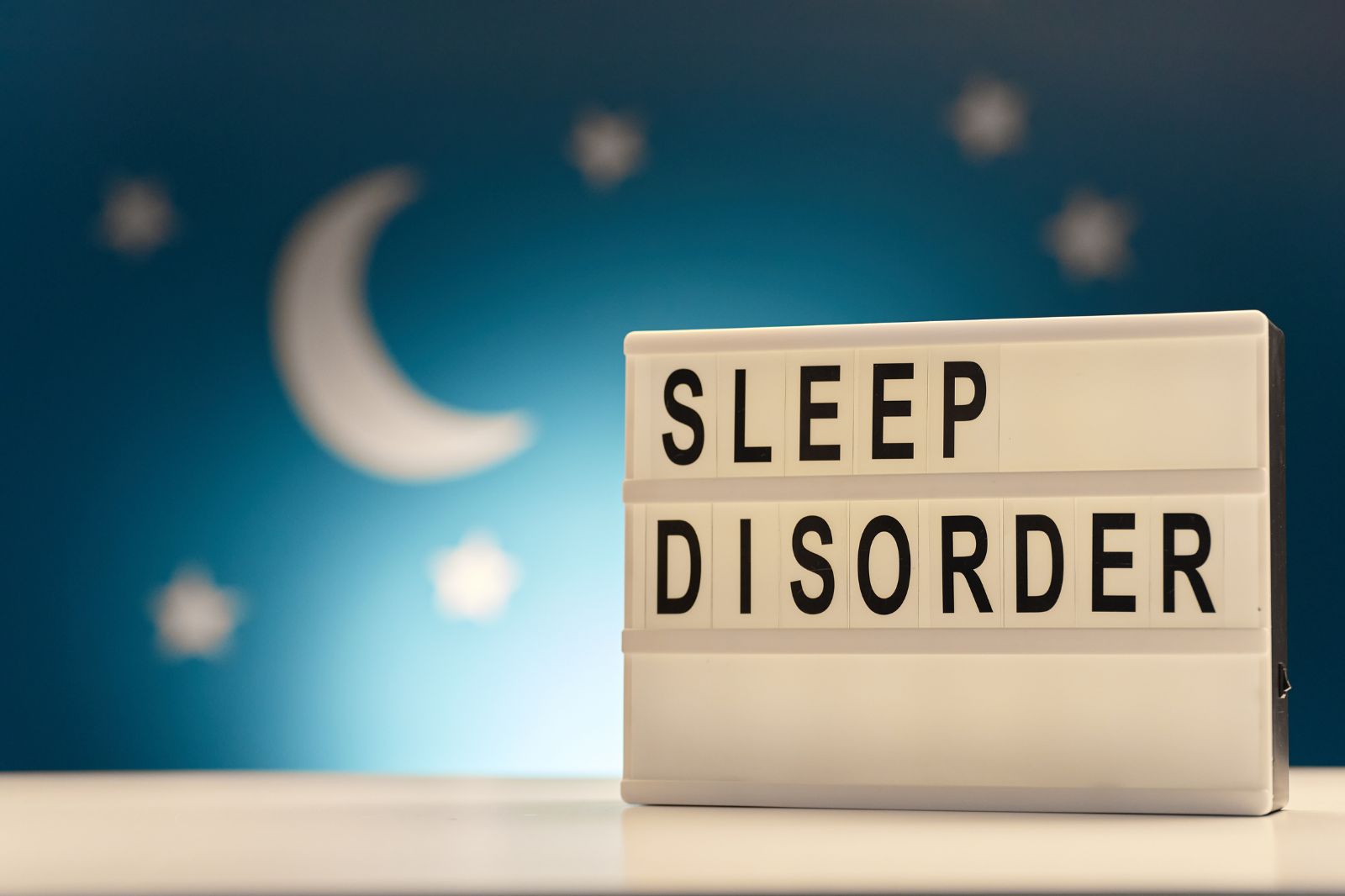Sleep Disorder List: Learn What You Have

Sleep is one of the most (if not the most) important factor that affects your overall health. But did you know over 50 million people in the United States have some sort of sleeping disorder according to the National Heart, Lung, and Blood Institute? Understanding the different types of sleep disorders can be the first step toward finding solutions and improving your quality of sleep. Here’s a comprehensive list of common sleep disorders, their symptoms, and potential treatments to help you identify what you may be experiencing.
Insomnia
Insomnia is characterized by difficulty falling asleep, staying asleep, or waking up too early. It can be acute (short-term) or chronic (lasting more than a month). Symptoms include difficulty falling asleep, waking up frequently during the night, and daytime fatigue or irritability. Cognitive-behavioral therapy for insomnia (CBT-I) is often effective. Lifestyle changes, like proper exercise, establishing a healthy sleep routine, and taking supplements like melatonin and magnesium, can improve sleep as well.
Sleep apnea
Sleep apnea is a serious condition where breathing repeatedly stops and starts during sleep. The most common type is obstructive sleep apnea, caused by the throat muscles intermittently relaxing and blocking the airway. Symptoms include loud snoring, gasping or choking during sleep, excessive daytime sleepiness, and morning headaches. Continuous Positive Airway Pressure (CPAP) therapy is commonly used for treatment, along with lifestyle changes such as weight loss and avoiding foods that hinder sleep like alcohol.
Restless Legs Syndrome (RLS)
Restless leg syndrome is characterized by an uncontrollable urge to move the legs. Symptoms typically occur in the evening or at night when lying down and include an uncomfortable sensation in the legs, an urge to move them, and symptoms that worsen during rest but improve with movement. Lifestyle modifications, including regular exercise and avoiding caffeine, may help. Certain medications can also be prescribed by a medical professional.
Narcolepsy
Narcolepsy is a chronic neurological disorder that affects the brain’s ability to regulate sleep-wake cycles, causing excessive daytime sleepiness and sudden sleep attacks. Symptoms include extreme daytime sleepiness, cataplexy (sudden loss of muscle tone), sleep paralysis, and hallucinations while falling asleep or waking up. Treatment often involves medications such as stimulants and antidepressants, along with lifestyle changes like scheduled naps.
Circadian Rhythm Disorders
Circadian rhythm disorders occur when the body’s internal clock is out of sync with the natural day-night cycle. Symptoms may include insomnia or excessive sleepiness and difficulty adjusting to new time zones. Treatment can include light therapy, melatonin supplements, and establishing a regular sleep schedule.
Sleepwalking
Sleepwalking (somnambulism) involves getting up and walking around while in a state of sleep, typically during the deeper stages of non-REM sleep. Symptoms include walking or performing activities while asleep, a lack of awareness of the surroundings, and confusion upon waking. Securing the bedroom and creating a safe sleeping environment is crucial for people who sleepwalk. In some cases, medications or therapy may be recommended by a healthcare professional.
REM Sleep Behavior Disorder (RBD)
RBD is characterized by acting out dreams during REM sleep. This often results in violent movements or behaviors that affect a person and their partners. Symptoms include acting out dreams, violent movements during sleep, and vivid, often frightening dreams. Treatment may involve medications like clonazepam and melatonin, along with creating a safe sleep environment.
Hypersomnia
Hypersomnia refers to excessive sleepiness during the day, despite getting a full night’s sleep. It can be primary (without a known cause) or secondary (due to other conditions). Symptoms include excessive daytime sleepiness, long nighttime sleep (over nine hours), and difficulty waking up in the morning. Treatment varies based on the underlying cause and may include lifestyle changes and medications.
Sleep paralysis
Sleep paralysis occurs when a person is temporarily unable to move or speak while falling asleep or waking up. It’s also often accompanied by hallucinations and a feeling of pressure on the chest. Improving sleep hygiene and managing stress can help reduce the frequency of episodes.
Nocturnal Leg Cramps
Nocturnal leg cramps involve sudden, painful muscle contractions that occur during the night. These cramps are most common in the calf muscles and can last from a few seconds to several minutes. Stretching the affected muscles, staying hydrated, and applying heat or cold can provide relief.
Conclusion
Understanding the various types of sleep disorders is essential for identifying what you may be experiencing. If you suspect you have a sleep disorder, it’s important to consult a healthcare professional for a proper diagnosis and treatment plan. Don’t hesitate to seek help; better sleep is within your reach!
Why Trust Us?
At The Sleeping Institute, we're dedicated to transparency, impartiality, and accuracy in every article we publish. Our reviews are based on comprehensive analysis and firsthand experience. Staying current with the latest advancements in sleep technology, we offer up-to-date, reliable, and unbiased information to help you make informed decisions for a better night's rest. Let us be your trusted guide in the ever-evolving world of sleep technology!